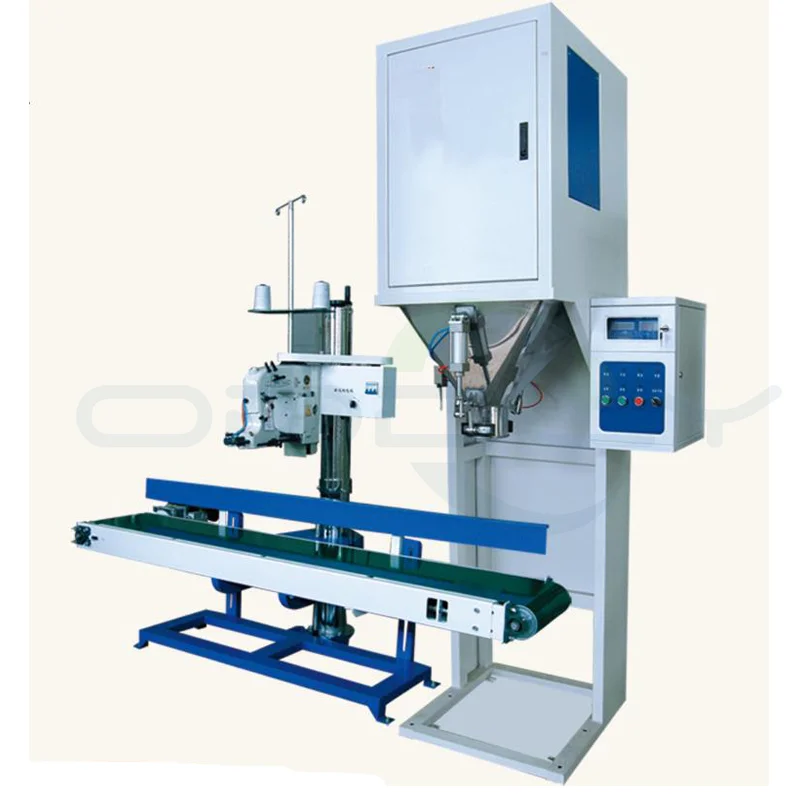In today's modern world, mechanical refrigeration systems play a crucial role in our daily lives, ensuring the preservation and cooling of perishable goods. Understanding the basic operation of these systems is essential for anyone seeking to delve into the fascinating world of refrigeration technology. In this comprehensive guide, we will explore the intricate inner workings of a mechanical refrigeration system, shedding light on its fundamental principles and components.
- The Refrigeration Cycle:
At the heart of every mechanical refrigeration system lies the refrigeration cycle, a continuous process that enables the transfer of heat from a low-temperature region to a high-temperature region. This cycle consists of four main stages: compression, condensation, expansion, and evaporation. - Compressor:
The compressor, often referred to as the "heart" of the refrigeration system, plays a vital role in maintaining the flow of refrigerant throughout the system. It compresses the low-pressure, low-temperature refrigerant vapor, raising its pressure and temperature. - Condenser:
After leaving the compressor, the high-pressure, high-temperature refrigerant enters the condenser, where it undergoes a phase change from a gas to a liquid. This process releases heat to the surrounding environment, causing the refrigerant to cool down. - Expansion Valve:
Once the refrigerant has been condensed, it passes through the expansion valve, which acts as a throttle, reducing its pressure and temperature. This sudden drop in pressure causes the refrigerant to enter a low-pressure, low-temperature state. - Evaporator:
The low-pressure, low-temperature refrigerant then enters the evaporator, where it absorbs heat from the surrounding environment, such as the air or the contents of a refrigerated space. This absorption of heat causes the refrigerant to evaporate, transforming it back into a low-pressure vapor. - Refrigerant:
The choice of refrigerant is a critical aspect of any mechanical refrigeration system. Commonly used refrigerants include hydrofluorocarbons (HFCs) and hydrochlorofluorocarbons (HCFCs). However, due to their detrimental impact on the environment, there is a growing shift towards more environmentally friendly alternatives, such as hydrofluoroolefins (HFOs) and natural refrigerants like ammonia and carbon dioxide. - Additional Components:
In addition to the core components mentioned above, a mechanical refrigeration system also incorporates various auxiliary components. These include the accumulator, which prevents liquid refrigerant from entering the compressor, and the drier, which removes moisture and contaminants from the system.
Conclusion:
Understanding the basic operation of a mechanical refrigeration system is essential for anyone involved in the field of refrigeration technology. By comprehending the refrigeration cycle and the functions of each component, one can appreciate the intricate interplay between pressure, temperature, and heat transfer that enables the efficient cooling and preservation of perishable goods. As we continue to advance technologically, it is crucial to prioritize the development and utilization of environmentally friendly refrigerants, ensuring a sustainable future for refrigeration systems.



